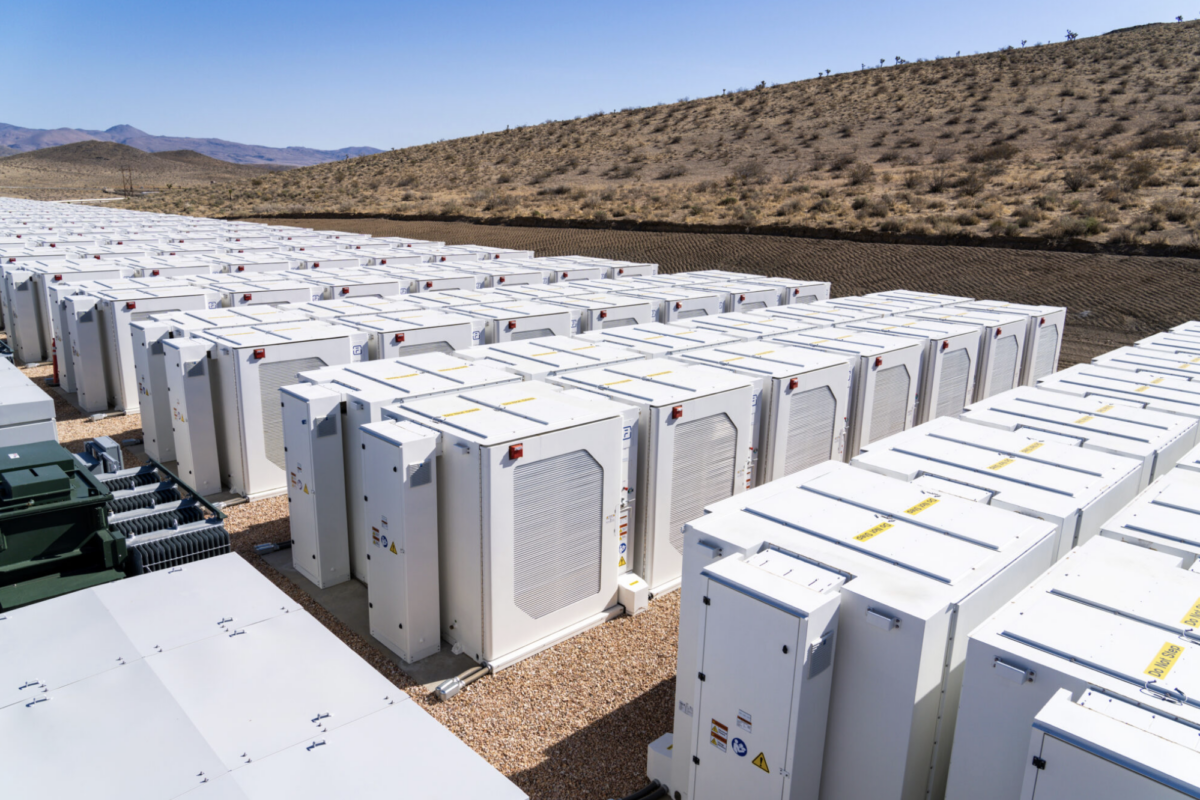CATF said in a new report that dedicated clean hydrogen production and use can be a costly and inefficient decarbonization strategy for the power sector. The use of electrolytic hydrogen as a storage fuel to balance excess clean electricity may have limited applications, it said, but noted that “alternative strategies that minimize the need for long-duration storage, such as deploying clean firm generation like geothermal or nuclear, would likely be more cost-effective.” The report also noted the significant need for infrastructure investments to ensure any future role for hydrogen storage and transmission in the power sector.
American Airlines has signed a conditional purchase agreement with ZeroAvia for 100 hydrogen-electric engines to power regional jet aircraft. ZeroAvia said it will also receive more funds from the airline, following an initial investment in 2022 and a Series C financing round.
Extreme H has launched its first hydrogen-powered racing car. “The ‘Pioneer 25’ hydrogen race car was revealed in front of global media and invited guests aboard the series’ St. Helena vessel, with London’s Tower Bridge; providing a stunning reveal setting as the countdown officially begins to its maiden season starting in April 2025,” said the FIA-sanctioned international off-road racing series.
Nikola has wholesaled 72 Class 8 Nikola hydrogen fuel cell trucks, above the high end of truck sales guidance of 60 units during the second quarter of the year. For the first half of 2024, the company wholesaled 112 hydrogen fuel cell trucks. “We are continuing to secure our first-mover advantage in zero-emissions Class 8 trucks in North America, as well as with our HYLA hydrogen refueling solutions,” said Nikola CEO Steve Girsky.
Hyzon said that it will halt its operations in the Netherlands and Australia. The US-based manufacturer of hydrogen fuel cell systems said that government support for fuel cell-powered transportation in Europe and Australia has diminished compared to North America's efforts to accelerate the hydrogen transition and the adoption of zero-emission technology. The company said it expects to incur charges of around $17 million.
Agora Industry has mapped the cost of green hydrogen production in Europe, highlighting two emerging regions. “The levelised cost of hydrogen (LCOH) map shows that while wind resources are more favorable in coastal plain areas around the North and Baltic Seas, solar PV performs best in Southern Europe,” said the think tank in a report. “These hotspots could become renewable energy hubs supplying Europe with much of the electricity needed to decarbonize all sectors, including those few applications requiring green hydrogen.”
This content is protected by copyright and may not be reused. If you want to cooperate with us and would like to reuse some of our content, please contact: editors@pv-magazine.com.



How inefficient is the is the production and utilization of hydrogen and how long will it take to improve this efficiency? 10 years? 20 years?
Faster than this. Hydrogen infra is paid by states (like roads). Main hydrogen customers are industry. While electrolysis is compliant with intermittent sources, electricity prices tend to zero or less. If current cost is negative for H2 production, Electricity produced at rush hours is very profitable. A market study would be usefull to complete technichal issues.
Lionel wrote:
“Hydrogen infra is paid by states (like roads).”
Yes but certainly no. The bill is ultimately paid by the end consumer/tax payer (who is the very same person).
Lionel wrote further:
“While electrolysis is compliant with intermittent sources, electricity prices tend to zero or less.”
Lord, no! The “cheaper” electrolysers are absolutely not suitable for intermittent use. But none of them is economically viable if only used with peak excess. Imagine investors pushing millions of their capital into such devices, which then are run a few minutes here and a few minutes there. Whilst this is doable as an expensive hobby or for paid research there is about zero commercial use. Instead those electrolysers will be run using electricity from fossil fuel most of the time, pushing up prices.
Short, the tax payer has to settle the bill for the infrastructure which then will inflate their energy bill.
And the best about this is, conversion, transport and storage is hellish inefficient. All that can be achieved by this is a prolonged dependency on fossil fuel. Why do you think this is pushed with falsehoods and smoke and mirrors?
Do the maths, how much renewable development we need to even satisfy our current electricity demand, let alone having real excess usable for electrolysis. Then calculate how many decades it takes at 30% annual growth expansion (we are miles away) before we can cover material amounts of hydrogen as used by the industry.
Last time I did the maths I landed in the next century before this is going to happen, assuming unrealistic high annual growth increase.
Current curtailment is not for excess energy but for bad management and every kWh curtailed is replaced by one generated using fossil fuel.
“Hydrogen ladder” is something worthwhile reading about.